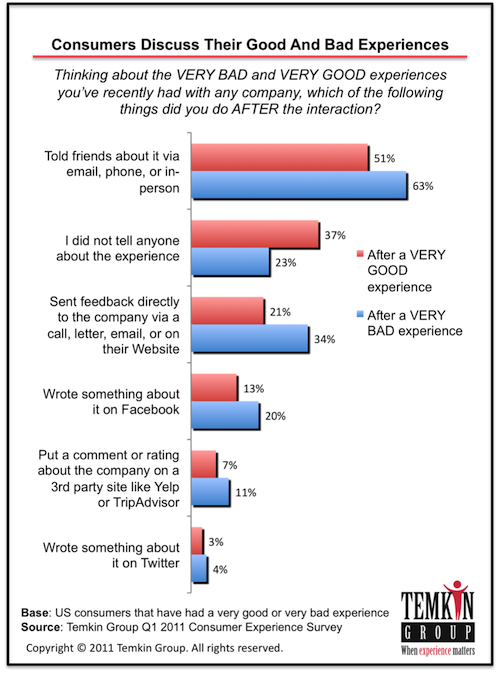
There’s a whole lot of reasons to love marketing automation. Using email marketing messages to connect with leads in your sales funnel still has the highest ROI of any form of marketing. Juliette Kopecky of HubSpot recently estimated that the ROI of email is 95% higher than direct mail alternatives.
In short, it’s easy, relatively affordable and it frees up time for your marketing team to focus on strategy and staying competitive. With any option, there’s always trade-offs and far too many subscription businesses have fallen prey to the “failure of marketing automation.”

Source: www.hubspot.com
What is a Failure of Marketing Automation?
The success of your email marketing campaign depends essentially on how effectively your marketing team segments your email list. On a very basic level, you simply can’t reach out to your brand-new prospects with the same information that’s relevant to your long-time customers. More advanced list segmentation that divides your list into sections according to buyer persona, professional role or budget can also be a powerful tool in sending information that’s relevant.
Time and time again, researchers find that list members choose to unsubscribe because the information they’re receiving is excessive or just irrelevant. Failing to properly segment your email list or NOT marking close leads as customers in your CRM and email software is a surefire way to discover you’ve failed to shut up after selling a customer.
Why Should You Care?
If you accidentally neglect to move your closed leads into the customers segment of your email list, it’s certainly not going to look very well. Accidentally emailing out special discounts or content offers will make you look careless at best. More likely, you’ll simply appear to your new customers as unprofessional and downright sloppy. And who wants to put their subscription business needs in the hands of a business that can’t even send out emails correctly?
Recent research from customer experience firm The Temkin Group indicates that only 25% of customers who have a very negative experience with a vendor will keep their thoughts to themselves. 51% of survey respondents shared their thoughts with a friend, 16% published their thoughts on social media and 7% went straight for a third-party review website. It’s more likely than not that your leads will take the time to tell their business associates and colleagues about their negative experience with your subscription business. Depending on the size and strength of their network, this can be devastating for smaller SaaS organizations.

What about Duplicates?
When your organization moves from a start-up to the next level with more sales people, this problem gets bigger. Duplicates will be everywhere. For example, if your sales team is using a CRM, you should put proper procedures in place to ensure that duplicate leads or contacts are not created. If your marketing team is using a marketing automation tool, most of them would check for duplicate leads before creating a lead from a form fill. But if you don’t use a marketing automation tool, duplicates would definitely be a bigger problem.
For example, lets say Mark is your sales rep and he closes a sale in your CRM. Assuming you are using salesforce.com, Mark would go into the opportunity and he will change the stage to “Closed Won”. If there are duplicate leads or contacts with the same email address, marketing team will assume that they are prospects and they might send them a discount email which will make you look stupid.
You can overcome this by putting proper procedures in place. Here are some tips
- Sales team should never enter a lead or a contact manually into the CRM system. Prevent access to create leads through access privileges.
- If the sales team is contacted by phone, you should have a streamlined process to get that lead into your system. For example, have a new object in Salesforce which submits this lead to marketing and marketing checks every database and then enters the lead into the system.
- If you are selling on the web and you are sending your customers over to your CRM, BEWARE! If you just send them into the system, the CRM system WILL NOT check for duplicates. It will simply create a new contact. When sending them over to your CRM, have a proper API call which will check for duplicates. If possible route them through your marketing automation tool.
- Use a clean-up app in your CRM which will check for duplicates on a periodic basis.
You may ask, what if my customer exists in the system as another user with different email address. Well, we can’t do anything with that scenario. We’ve to live with that. This is more common with SaaS companies issuing time bound trials. You can avoid this by providing trial extensions to those who need to evaluate your system after the end of their trial period.
The biggest mistake your subscription business could make might be to assume that marketing automation takes care of your email needs, and there’s no need to edit and maintain your lists. Ensuring your contacts are moved to your customers list as soon as they’re closed and having proper procedures in place is critical for maintaining a professional, organized and tech-savvy appearance.




